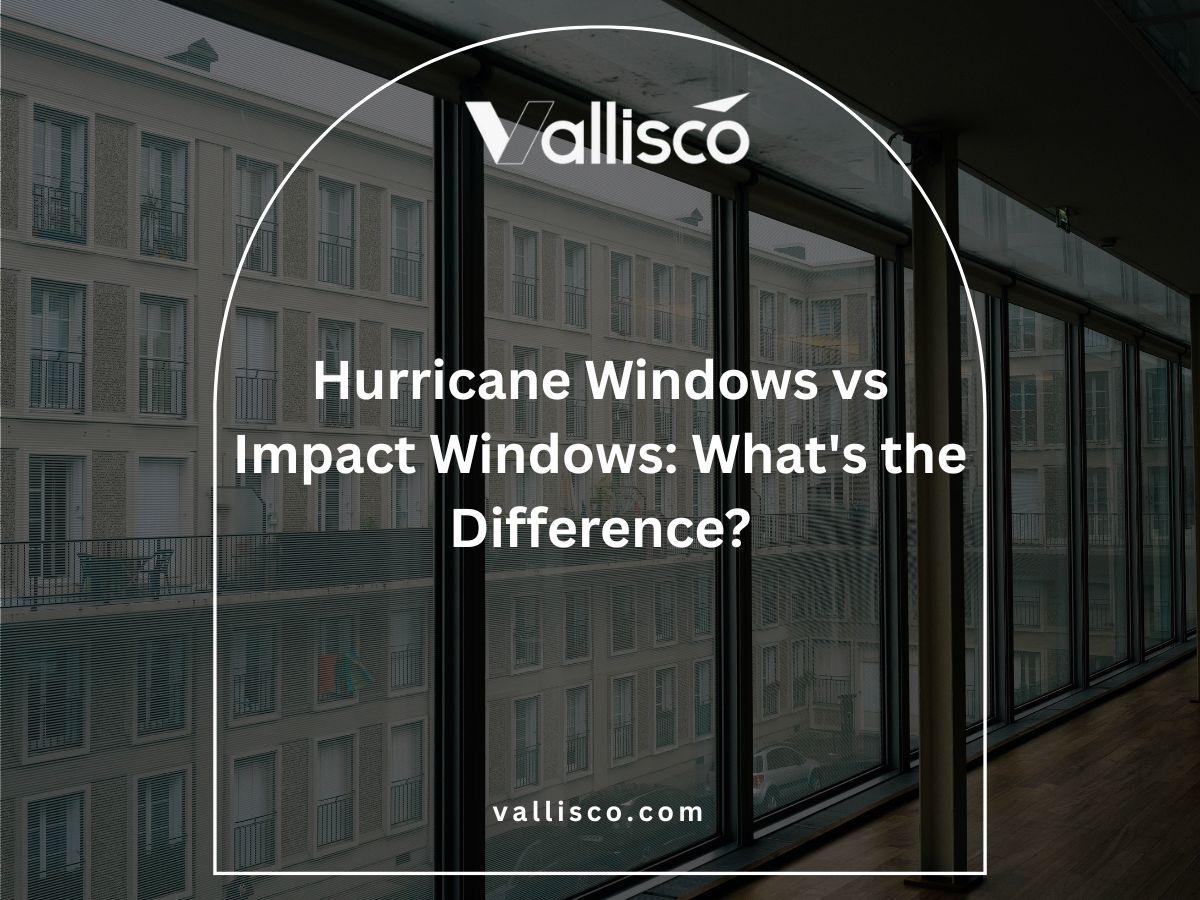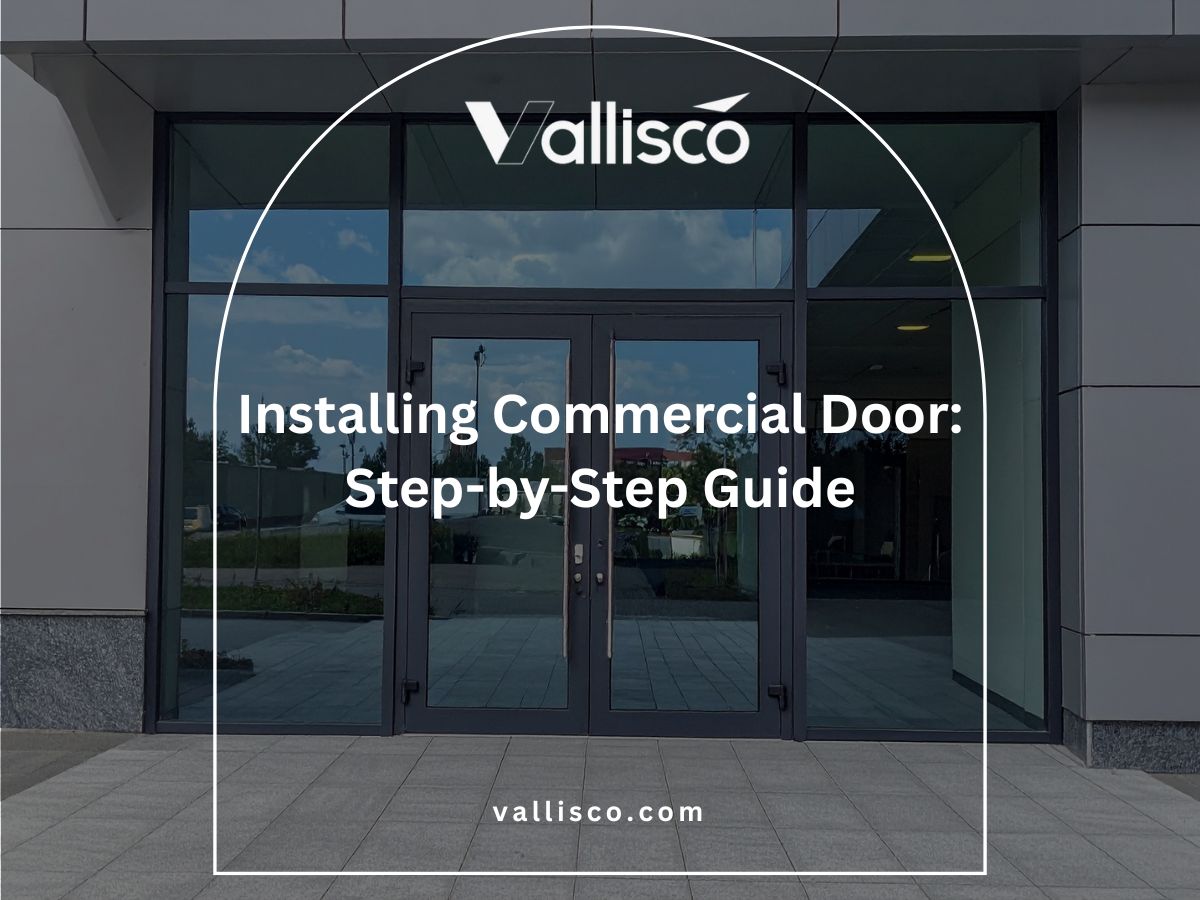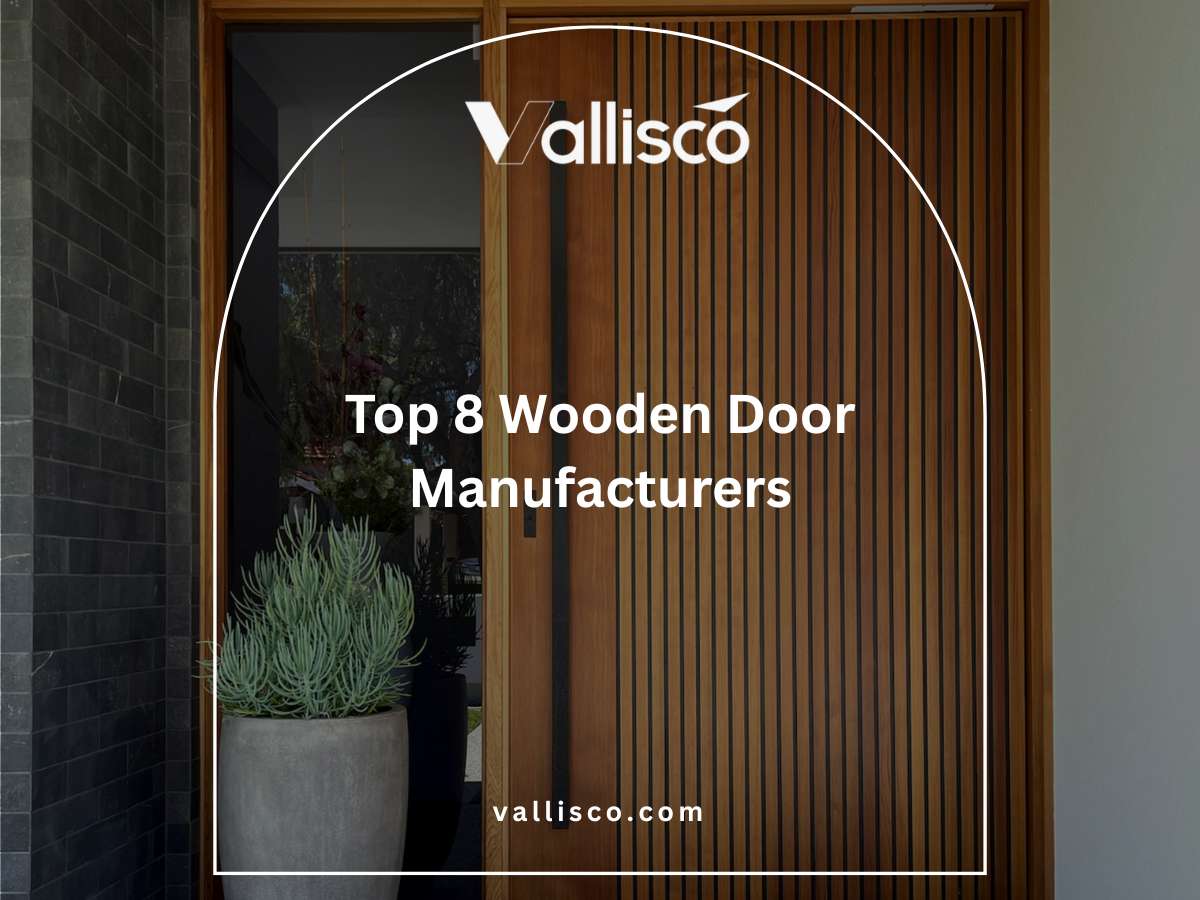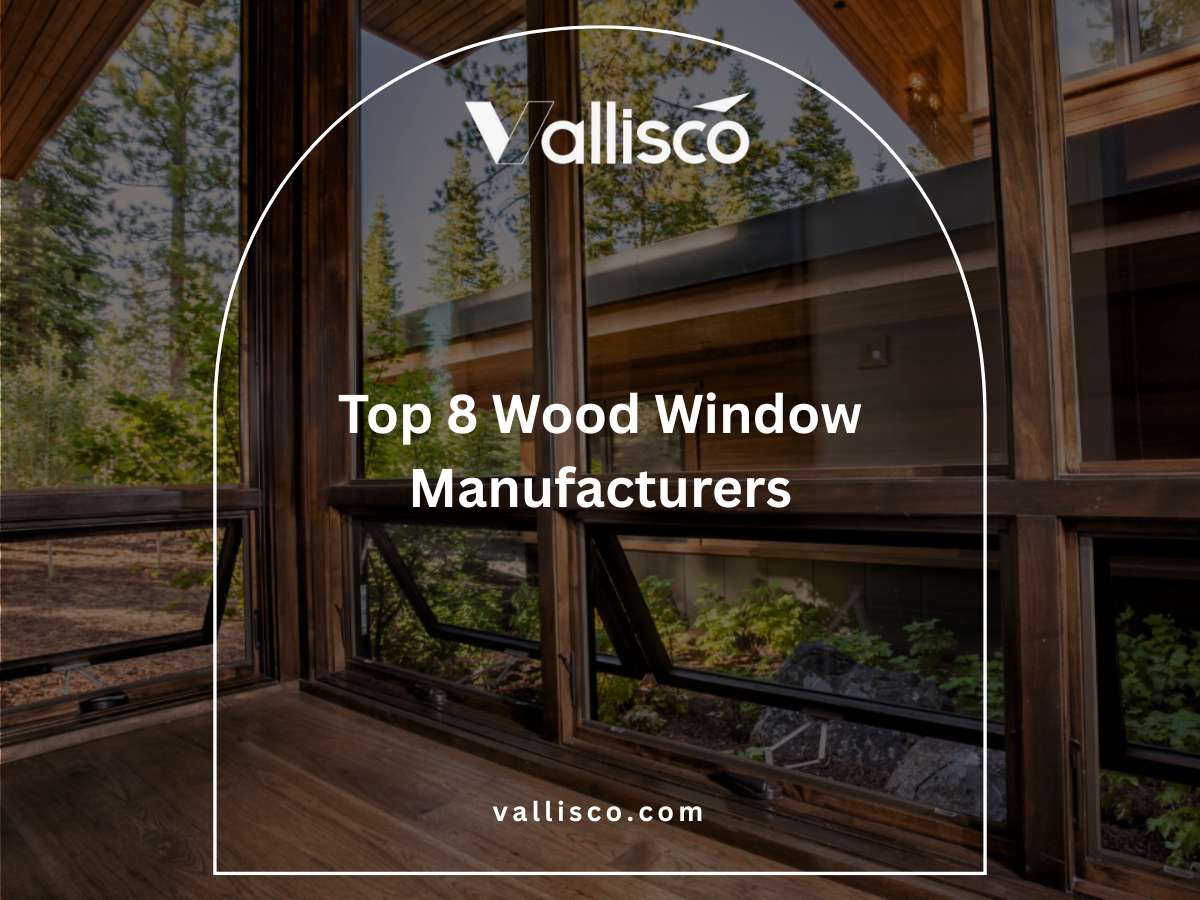On a project in Spain, a greenhouse owner told me the temperature inside stayed steady even during a heatwave. Their secret? Installing energy-efficient windows.
That example stuck with me because it showed how simple changes can solve big problems.
Over the years, I’ve helped villa owners, hotel chains, and greenhouse operators improve their buildings with the right window systems. My advice comes from hands-on experience in many climates.
This article will break down how energy-efficient windows work and why they matter for your property. You’ll find the answers you’re looking for without extra fluff.
From tropical resorts to rural guesthouses, better windows can mean better business.
So let’s get started!
1. What Makes a Window “Energy Efficient”?
I’ve seen many projects where the windows looked fine from the outside, but inside, the rooms were either too hot or too cold. That’s usually because the glass and frame let heat move in and out too easily. An energy-efficient window is different. It’s built to control how heat, light, and air pass through it, so the inside temperature stays steady for longer.
These windows use a mix of materials, coatings, and design features to slow heat transfer. They’re not just “better glass.” They’re a full system made to help you run your property more efficiently.
2. How Energy Efficient Windows Work?
I’ve walked into properties where the air conditioning was running full blast, but the room still felt warm. Most of the time, the problem came down to heat slipping through the windows. Energy-efficient windows work by managing heat, light, and airflow in a way that standard windows can’t.
Multiple Layers of Glass
Instead of one pane, energy-efficient windows often have two or three panes of glass. Between these panes is a gap filled with air or an inert gas. This gap acts as insulation, slowing down heat movement. This design helps maintain a stable indoor climate, which supports comfort and reduces the load on heating or cooling systems.
Low-E Glass Coatings
Low-emissivity coatings are invisible layers applied to the glass surface. They reflect infrared heat back toward its source while letting in light. In winter, this keeps indoor heat from escaping. In summer, it reduces heat coming from outside. The coating works year-round without affecting the clarity of the view through the window.
Gas Fills for Insulation
Between glass panes, manufacturers often use gases like argon or krypton. These gases are denser than air, so they slow heat transfer more effectively. This added insulation improves thermal performance and supports better energy control in both hot and cold climates.
Quality Frames and Seals
Frames made from vinyl, fiberglass, or composite materials reduce heat transfer compared to aluminum. Well-made seals prevent air leaks, which are a common cause of energy loss. A properly fitted frame and strong sealing are essential for the window’s overall performance.
Solar Heat Control
Some glass comes with tints or special coatings to manage solar heat gain. In cooler climates, higher solar gain can help with heating. In hotter areas, lower solar gain keeps interiors cooler. This feature can be adjusted based on climate and the building’s specific needs.
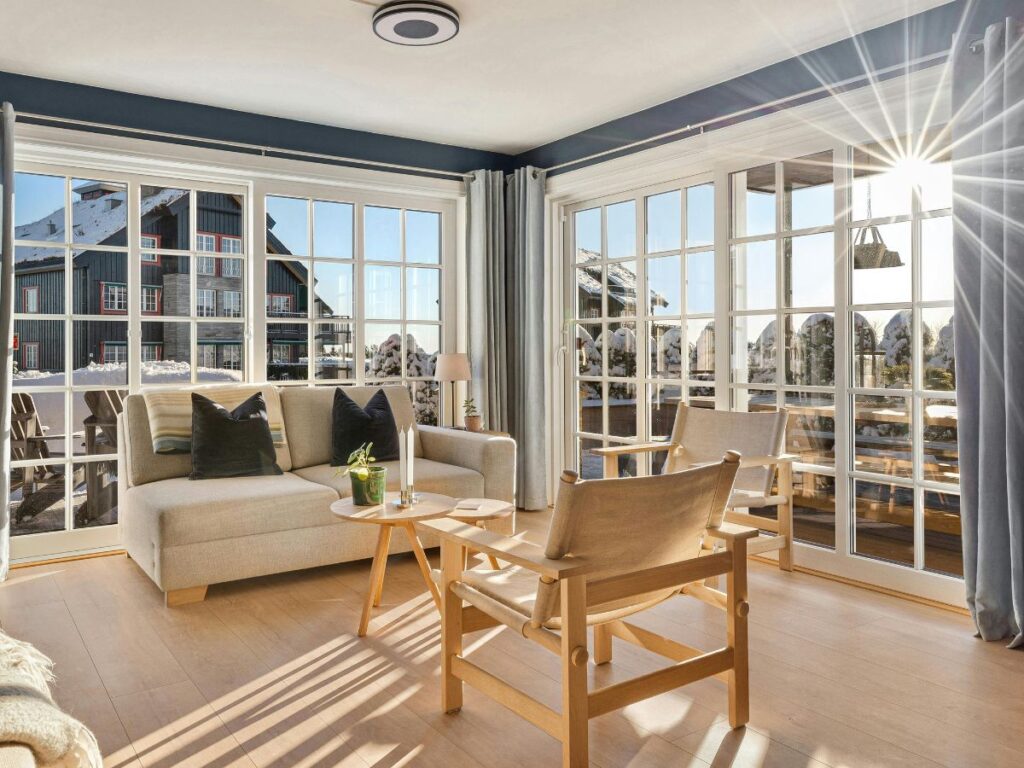
3. Key Components of Energy Efficient Windows
I’ve learned over the years that the performance of a window comes from more than just the glass. Every part of it plays a role in controlling heat, light, and airflow. Here’s a breakdown of the main components you should know:
| Component | Description | Purpose |
| Multiple Glass Panes | Two or three layers of glass with a gap in between, often filled with gas. | Improves insulation and reduces heat transfer. |
| Low-E Coating | Thin, invisible metallic layer on the glass surface. | Reflects heat while allowing light to pass through. |
| Gas Fill | Argon or krypton gas sealed between panes. | Slows heat movement more effectively than air. |
| Warm Edge Spacer | Material that separates and holds glass panes apart. | Reduces heat loss at window edges and limits condensation. |
| Frame Material | Vinyl, fiberglass, wood, or composite frame structure. | Lowers heat transfer and improves durability. |
| Weatherstripping and Seals | Flexible materials around the window edges. | Prevents air leaks and improves energy performance. |
| Solar Control Glass | Glass with tint or special coating. | Manages solar heat gain based on climate needs. |
If one part is weak, the whole window’s performance drops. When you choose windows for your project, look at how each component works together. That’s how you get the best results for comfort and efficiency.
4. Benefits of Installing Energy-Efficient Windows
I’ve worked with many property owners who thought new windows were just about looks. But once they saw the savings and comfort improvements, they realized the real value. Here’s what you can expect:
- Lower Energy Costs: Better insulation means less heat escaping in winter and less heat entering in summer. This reduces the workload on your heating and cooling systems, which can lead to real savings over time.
- Improved Indoor Comfort: Rooms stay at a more consistent temperature. Guests, tenants, or workers are less likely to complain about drafts or hot spots near windows.
- Reduced Condensation: Good insulation and warm edge spacers keep the inside glass surface warmer. This helps prevent moisture build-up, which can damage frames and walls over time.
- Long-Term Value: Quality energy-efficient windows last for years. They can help maintain the building’s condition, reduce maintenance needs, and add to property value if you plan to sell later.
- Better Light Control: Low-E coatings and solar control glass manage glare while still allowing natural light in. This creates brighter, more comfortable interiors without overheating the space.
5. Performance Ratings and Certifications
When you’re comparing energy-efficient windows, the labels and numbers can feel like a foreign language. I’ve seen many property owners pick products without fully understanding what those ratings mean, and later find the performance didn’t match their needs.
Here are the most important ratings and certifications to understand:
U-Factor
The U-factor measures how well a window prevents heat from escaping. Lower numbers mean better insulation. For example, in colder regions, a lower U-factor is important to keep indoor heat from leaking out.
This number applies to the whole window, glass, frame, and spacers, not just the glass itself. When comparing products, always check if the rating is for the full unit. Vallisco provide complete U-factor ratings so you can make informed choices.
Solar Heat Gain Coefficient (SHGC)
SHGC tells you how much solar heat passes through the glass. The scale goes from 0 to 1. Lower numbers block more heat, which is better for hot climates. Higher numbers allow more heat, which can help in cold climates.
The right SHGC depends on your property’s location. A hotel in Southeast Asia would need a much lower SHGC than a mountain inn in Europe.
Visible Transmittance (VT)
VT measures how much natural light comes through the glass. Higher numbers mean more daylight. This matters for spaces where light is important, such as lobbies, guest rooms, or greenhouses. A higher VT can reduce the need for artificial lighting during the day, which can also cut energy costs.
Air Leakage (AL)
AL measures how much outside air can pass through the window. The lower the number, the tighter the seal. A window with a high AL can cause drafts, uneven temperatures, and higher energy bills. This is especially important for properties in windy or coastal areas where air movement is strong.
Energy Star Certification
Energy Star is a widely recognized program that rates products for energy performance. Windows with this label meet or exceed standards set for specific climate zones. Choosing Energy Star-certified windows is a quick way to narrow down your options to high-performance products without guessing.

6. Ideal Applications
Over the years, I’ve noticed that energy-efficient windows aren’t just for one type of building. They work well in many situations, but the way they help can vary. If you know your property’s needs, you can see exactly where these windows will bring the most value.
Hotels and Resorts
For hotels and resorts, guest comfort is everything. Energy-efficient windows help keep rooms quiet, draft-free, and at a steady temperature, even when the weather changes. This means fewer complaints, better reviews, and less strain on HVAC systems.
In tropical locations, windows with a low Solar Heat Gain Coefficient (SHGC) can keep interiors cooler. In colder climates, windows with a low U-factor can help trap indoor heat. Properties that want to reduce energy costs without sacrificing comfort can benefit the most.
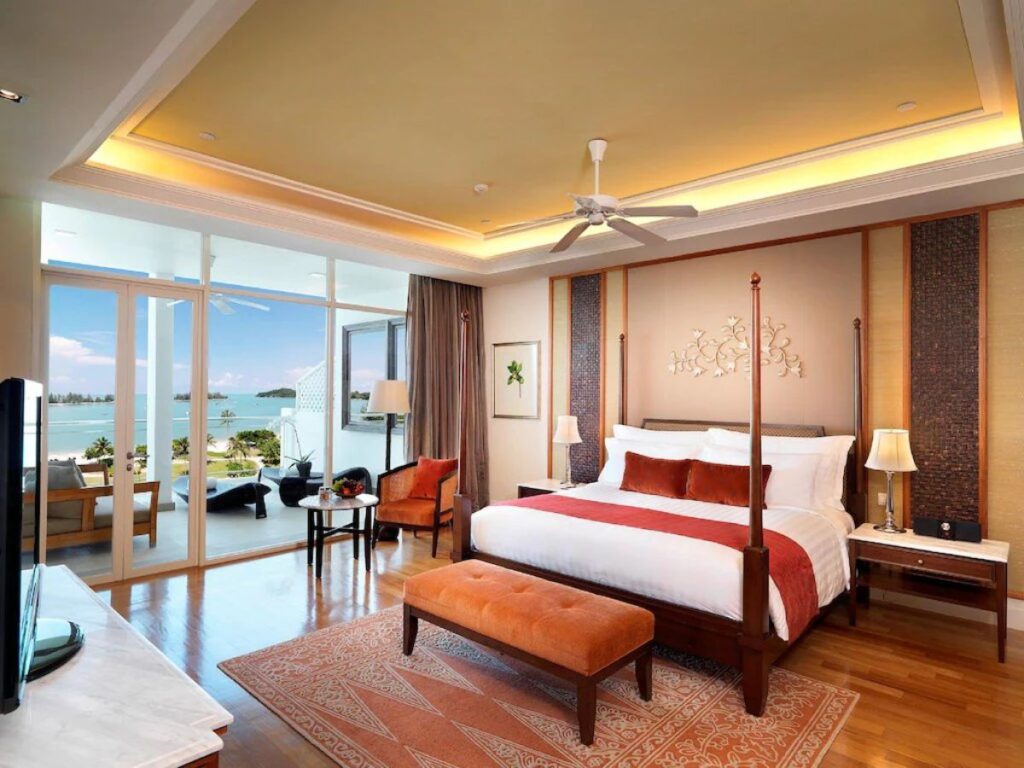
Villas, Houses, and Private Estates
Large homes and villas often have many windows, which means more chances for heat to escape or enter. Energy-efficient windows can cut down on those losses, helping maintain a stable indoor climate year-round. This is especially important for owners who rent out their properties or use them seasonally.
Using the right frame materials and glass type can also protect interior furnishings from sun damage, making the investment pay off in multiple ways.
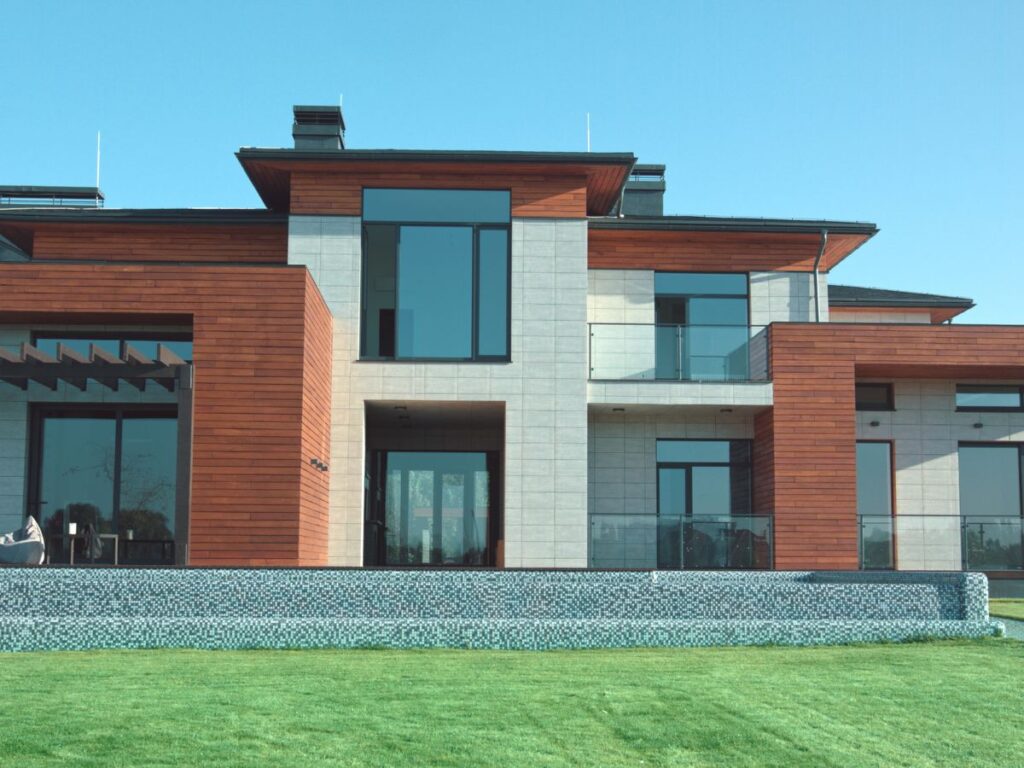
Greenhouses and Agricultural Buildings
Greenhouses rely on stable interior temperatures and light control for healthy plant growth. Energy-efficient windows or glazing can help manage heat buildup during the day while reducing heat loss at night.
Choosing the right combination of glass, coatings, and frame materials allows growers to fine-tune the balance between sunlight and insulation. This can improve crop quality, reduce the need for artificial lighting or heating, and lower operational costs over time.
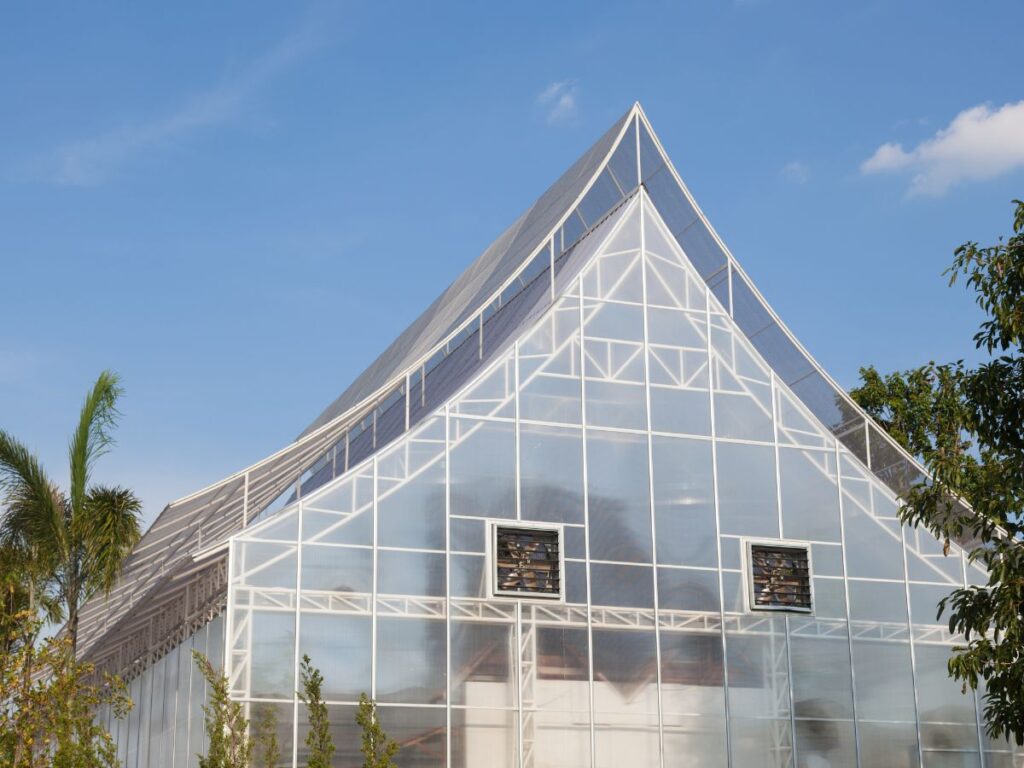
7. 4 Factors to Consider When Choosing Energy-Efficient Windows
I’ve seen projects succeed because the owner took the time to choose the right windows. I’ve also seen costly mistakes when the decision was rushed. The right choice depends on how your property is built, where it’s located, and what you need it to deliver over time.
Here are the main factors you should look at before placing your order:
#1 Climate and Location
Your local climate should guide your selection. In hot, sunny areas, windows with a low Solar Heat Gain Coefficient (SHGC) will block more heat from entering. In colder regions, a lower U-factor will help trap indoor warmth. If your property is in a mixed climate, you might need a balance between both values. Matching the window’s performance to your location ensures your investment works as intended.
#2 Building Use and Occupancy
How your building is used will affect which window features matter most. A hotel with high guest turnover may prioritize comfort, noise reduction, and easy maintenance. A greenhouse will focus more on light transmission and thermal stability. Consider when your building is most occupied and how much control you need over indoor temperature and light. This helps you decide on glazing type, coatings, and frame materials.
#3 Frame Materials and Construction Quality
The frame has a direct effect on performance. Vinyl, fiberglass, wood, and composite materials each have different levels of insulation, durability, and maintenance needs. Aluminum is strong but conducts heat easily unless it has a thermal break. Look for precise construction, tight seals, and durable finishes. Manufacturers like Vallisco produce frames built for both energy efficiency and long-term reliability.
#4 Budget and Long-Term Value
Energy-efficient windows can be more expensive upfront, but they often pay back through energy savings and lower maintenance costs. For large properties, the difference in utility bills can be significant over the years. Factor in the total cost of ownership, not just the purchase price. A well-chosen window can last decades and add value to the property if you decide to sell.
Conclusion
That project in Spain proved to me, and now to you, that the right windows can keep conditions stable, even when the weather pushes hard.
You’ve seen how multiple panes, Low-E coatings, gas fills, and strong frames work together to save energy and improve comfort.
Your next step is to use this knowledge for your own property, whether it’s a hotel, villa, or greenhouse.
Vallisco offers energy-efficient windows that bring these benefits into real projects.
Don’t wait for another season of high bills or guest complaints. Contact us today, and let’s choose windows that work as hard as your business does.
Explore More Helpful Resources
Curious for more? These additional articles offer even more insights and advice:
Still haven’t found what you’re looking for? Don’t hesitate to contact us. We’re available around the clock to assist you.


